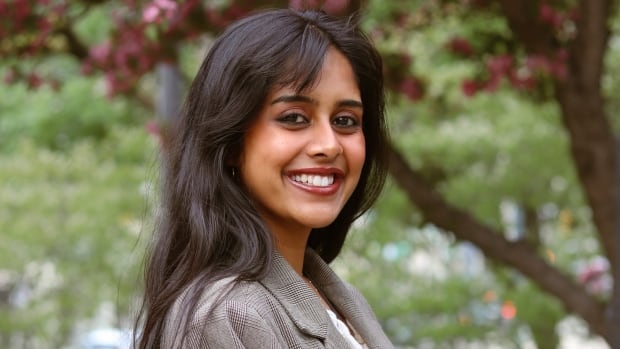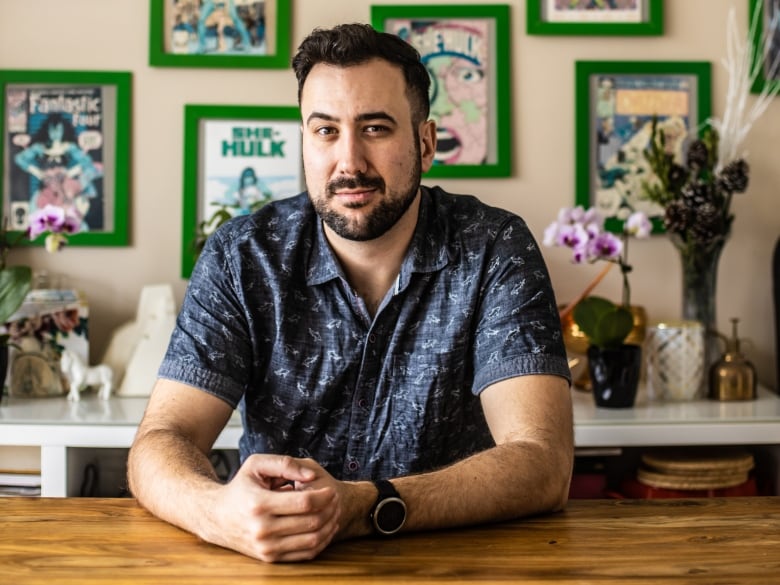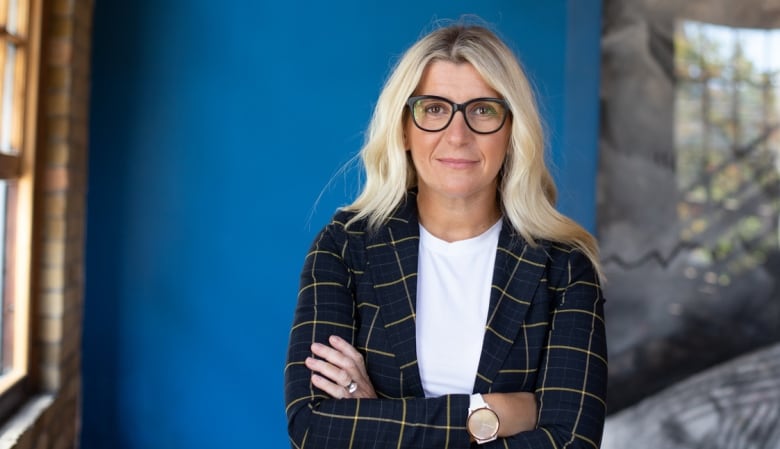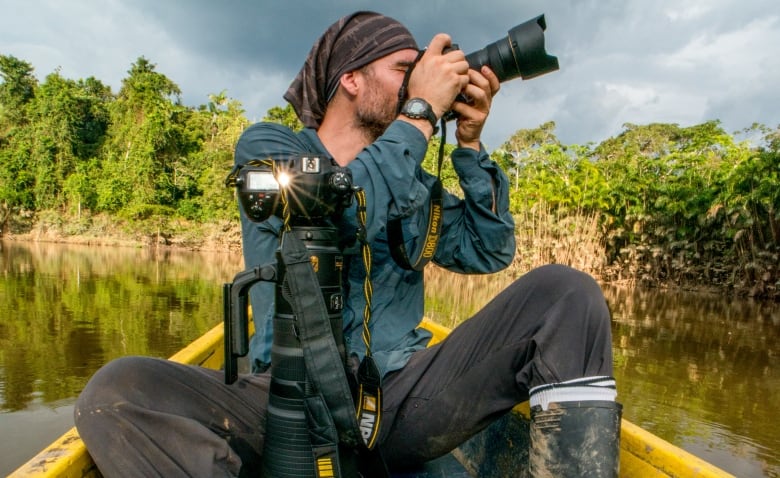
What On Earth26:05The creators trying to ‘shove climate change’ into your feed
When Kitchener, Ont., content creator Karishma Porwal wanted to create a video to explain the relationship between Canada’s big banks and fossil fuel investments, she drew in her social media audience using an unlikely reference: Netflix’s Perfect Match reality dating series.
“Forget the newest season of Perfect Match on Netflix — there’s something much more scandalous that you can watch,” said Porwal, who goes by @karishmaclimategirl on TikTok, in a video.
“The CEOs of Canada’s top five banks … are testifying on their role in financing some of the climate disasters that we’ve been seeing unfold across this country and across the world.”
Conversations online move quickly, and getting attention to one’s cause isn’t always easy — that’s especially true for environmental issues, as many may view them as depressing or heavy. So content creators like Porwal are using tactics like pop culture references in unique ways, to keep people’s focus on climate change.
“It’s all about, how can I shift the cultural zeitgeist of the conversation — whatever it is — to climate? How can I shove climate into this conversation?” Porwal told What on Earth host Laura Lynch.
Tie-in to current events
In addition to new shows, Porwal also finds ways to tie other current events to climate change.
When Anant Ambani, son of Indian billionaire business mogul Mukesh Ambani, drew international headlines in July 2024 for a lavish multi-day wedding ceremony, Porwal used the event to discuss the impact that billionaires’ lifestyles have on the environment.
Porwal pointed to concerns over the use of private jets to fly in guests and performers, while also highlighting the Ambanis’ fossil fuel connections.
“Hooking people’s attention and then tying it up with a climate message is what I try to do, and what seems to work for me,” Porwal told Lynch.
A quick glance at her TikTok account appears to support the use of that hook: The Ambani video generated approximately 64,000 views.
Using these kinds of references also helps creators bypass the general perception that climate change stories are bleak or demoralizing.
“I think a lot of people may be shoving down their feelings … and maybe even denying themselves information about climate change because there’s such little good news out there,” said Porwal.
“I like to start with something lighthearted … something that people are already talking about when it comes to pop culture, because usually it doesn’t require a lot of emotional labour to be interested in something like that.”
The link with political issues
Content creators say they also take steps to highlight how political issues — like housing and affordability — are linked to climate change.
Aaron Hagey-MacKay, or @the_goose_media on Instagram, says his audiences appreciate seeing the connections between climate change and day-to-day issues.
Hagey-MacKay produces content ranging from Canadian carbon tax explainers, to videos breaking down subjects like the ongoing housing crisis.

“Climate touches everything and every aspect of our lives, regardless of whether we acknowledge it or not,” he said, in a conversation with Lynch.
He says climate responses need to take housing into account, because, among other effects, “people’s houses are going to be destroyed by the climate crisis.”
Likewise, Hagey-MacKay sees affordability tied to climate change because of economic factors “driving the climate collapse that we’re seeing.”
“If you’re able to talk about what people are concerned about and then also tie climate in, I think that’s a more sustainable content strategy,” he said.
It helps that roughly 37 per cent of Canadian TikTok users are part of Generation Z — of whom many are already concerned about these kinds of issues.
A 2023 study from Abacus Data and the Canadian Real Estate Association showed that roughly four out of five respondents aged 18 to 34 expressed discomfort with housing affordability. Additionally, a 2022 Statistics Canada survey found that 62 per cent of Canadian youth agreed that Canada “has an obligation to lead on initiatives to address climate change.”
Climate communications need to be multifaceted, experts say
Ewa Jackson, managing director of local climate change non-profit ICLEI Canada, compliments content creators for understanding their audiences, and using that knowledge to make their messaging more engaging.
“This idea of tweaking what it is we say about climate change, how it is we say [it], to whom and in connection to what … is pretty clever,” said Jackson.
At the same time, Jackson says, audiences are accustomed to lightspeed social media conversations. To truly resonate with them, she said, online messaging needs to be consistent — reminding viewers of core, repeated themes — while also being varied, by presenting those themes from different perspectives.

Neil Ever Osborne, a Canadian photographer and filmmaker says he thinks about climate change messaging as constantly pulling levers to adjust an audience’s “emotional valence.”
“One day, we’re going to need to shock people with the spectacle of a wildfire,” he said.

“The next day, we might need to do something more uplifting, hopeful and inspiring.”
One of the challenges with discussing climate change, he said, is to find ways to tell these stories “without using the term ‘climate,'” in part to make sure audiences don’t get oversaturated by climate-related content and lose interest.
“Talk about characters, talk about transformations, talk about these new storylines that perhaps have more affinity with the public,” he said.
“If we can find a way to talk about our passion and connect it to climate, that’s going to be a really neat way to get more and more people involved.”